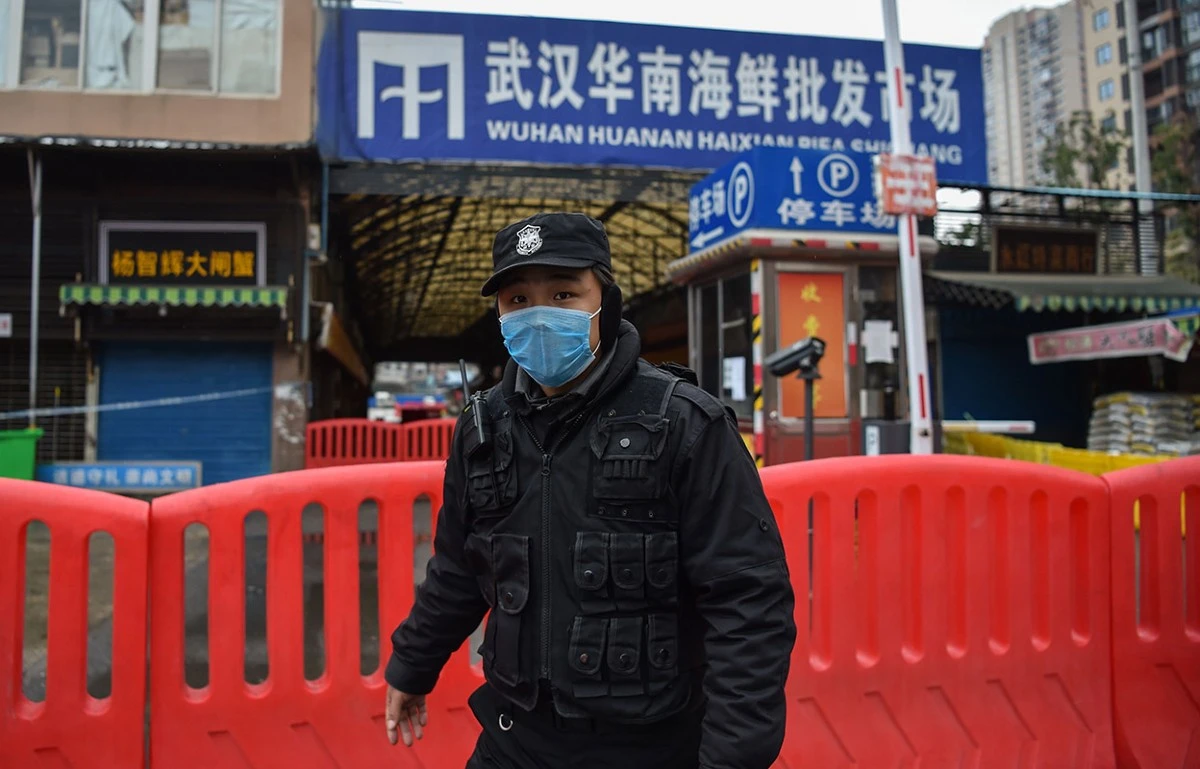Experts Warn Wuhan Coronavirus Has Pandemic Potential as Global Spread Accelerates
As infections surge and containment efforts falter, global health experts say the novel coronavirus outbreak that began in Wuhan may be evolving into a full-fledged pandemic. With cases detected on multiple continents, the virus's spread now challenges international preparedness systems.
The mysterious respiratory virus that first emerged in the Chinese city of Wuhan is now showing strong signs of global spread, prompting leading public health experts to warn that it may be evolving into a full-blown pandemic. Known provisionally as the 2019 novel coronavirus (later named SARS-CoV-2), the pathogen has spread to more than a dozen countries in a matter of weeks and infected thousands across multiple continents. Although global health authorities are urging calm, the fast-rising case numbers, combined with increasing evidence of person-to-person transmission outside China, have escalated concern worldwide.
As of late January 2020, China had reported over 7,700 confirmed cases and at least 170 deaths, mostly in Hubei province, where Wuhan is located. Infections have been confirmed in countries including Thailand, Japan, South Korea, the United States, Germany, Australia, and France. Travel bans and emergency declarations have followed, with some governments advising against all non-essential travel to China.
### Early Signs: A Virus Defying Containment
Initially believed to be a localized outbreak connected to a seafood and live animal market in Wuhan, the virus has quickly proved more elusive than first assumed. Human-to-human transmission is now well-established, and clusters have appeared in several countries with no clear link to the original epicenter. In Germany, for example, a patient contracted the virus from a visiting Chinese colleague in what is considered one of the first confirmed cases of asymptomatic transmission outside Asia.
Infections with unclear origin stories have emerged in Taiwan and Japan, raising alarms that traditional contact tracing and quarantine measures may no longer be enough to contain its spread. ### What Makes a Pandemic?
While the term “pandemic” carries weight and can cause alarm, it has a specific technical definition in public health. The World Health Organization (WHO) typically reserves it for a new infectious disease that spreads globally across multiple countries with sustained human-to-human transmission.
Dr. Anthony Fauci, then-head of the U. S.
National Institute of Allergy and Infectious Diseases, noted at the time: “It’s very, very transmissible, and it almost certainly is going to be a pandemic. But that doesn’t mean it’s catastrophic. The fatality rate is still being studied.
”
Many experts emphasized that while the virus appeared to be less deadly than SARS or MERS (Middle East Respiratory Syndrome), it may be more contagious—making it harder to stop. Dr. Michael Osterholm, an epidemiologist at the University of Minnesota, warned, “This virus is spreading in a way that makes it hard to imagine it staying within borders.
If it isn’t a pandemic now, it is well on its way to becoming one. ”
### The Global Race to Respond
With infections accelerating, scientists and health authorities began working urgently to understand how the virus spreads, who is most at risk, and what treatments or preventive measures might be effective. Chinese researchers rapidly sequenced the viral genome and shared it internationally, allowing labs around the world to begin developing diagnostic tests.
Despite this openness, China also came under criticism for initial delays in recognizing the outbreak’s severity. Some frontline doctors who tried to raise early alarms were silenced or ignored—most famously Dr. Li Wenliang, an ophthalmologist who later died from the virus.
In an attempt to control the spread, Chinese authorities placed entire cities under lockdown, including Wuhan, restricting movement for more than 50 million people in one of the largest public health quarantines in modern history. Temporary hospitals were erected in days, travel was curtailed, and massive disinfection efforts were deployed in public spaces. ### How the Virus Compares to Other Epidemics
The Wuhan coronavirus, later officially named COVID-19, is a relative of other coronaviruses that cause SARS and MERS.
Early data suggested that its case fatality rate (CFR) was lower than SARS’s ~10% and MERS’s ~35%, but higher than the seasonal flu. Its real danger lay in the combination of symptoms and stealth. Many infected people displayed only mild symptoms or none at all, which allowed them to spread the virus unknowingly.
This feature—combined with a long incubation period and a lack of immunity in the population—made containment exceptionally difficult. By the time patients sought hospital care, they might already have infected others in homes, workplaces, or transportation hubs. And while the virus appeared to spare children from the worst symptoms, it was more severe in older adults and those with pre-existing health conditions.
### Early Global Responses
Countries scrambled to prevent importation of the virus. Airports instituted fever screenings. Some nations, such as the United States and Australia, imposed temporary travel restrictions or mandatory quarantines for travelers arriving from China.
The WHO initially stopped short of declaring a global health emergency, but eventually did so by the end of January, citing the virus’s rapid international spread and its potential to reach countries with weaker health systems. “The virus has the potential for further global spread,” said Dr. Tedros Adhanom Ghebreyesus, Director-General of the WHO.
“We must act now to prevent further infections. ”
### Fear and Misinformation
As the virus spread, so did fear and misinformation. Rumors about unproven cures, fake case numbers, and conspiracies flooded social media.
People of Asian descent reported increased incidents of xenophobia and discrimination in cities from London to Los Angeles. Health experts repeatedly emphasized the importance of sticking to verified information from trusted sources like the CDC and WHO. They also warned against panic and the hoarding of supplies like masks, which were urgently needed for medical personnel.
### The Crucial Weeks Ahead
In the closing days of January 2020, public health officials warned that the next few weeks would be critical. Would aggressive containment efforts succeed, or would the virus breach national borders in waves too large to stop?
While it was too early to predict how long the outbreak would last or how deadly it would become, experts were unanimous in calling for international solidarity, data sharing, and investment in vaccine research. “This is not just China’s problem,” said Dr.
Jeremy Farrar, director of the Wellcome Trust. “It is a global problem. And it requires a global response.
”
### Conclusion: On the Cusp of a Pandemic
By late January 2020, the writing was on the wall: the novel coronavirus had all the hallmarks of a virus that would not stay contained. While the world had faced infectious threats before—from Zika to Ebola to SARS—COVID-19 was shaping up to be different in scale and speed. What was once a localized outbreak in a single city had become a global emergency, with transmission occurring on every continent except Antarctica.
The pandemic designation was, at that moment, a technicality. But to many scientists and frontline responders, the truth was already clear. A new era in global public health had begun.




